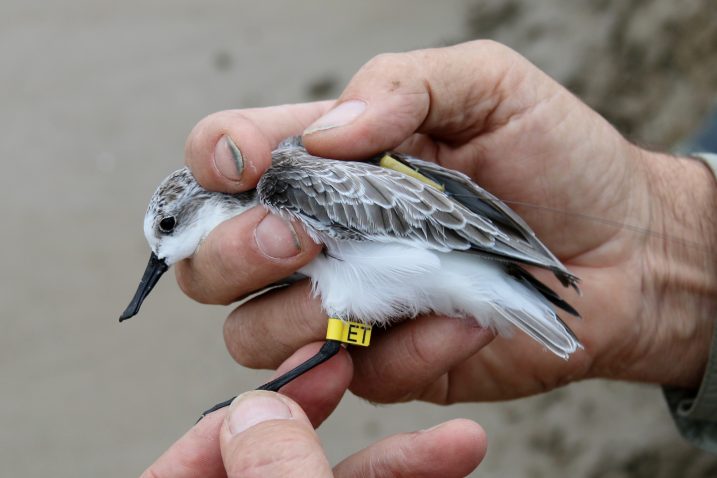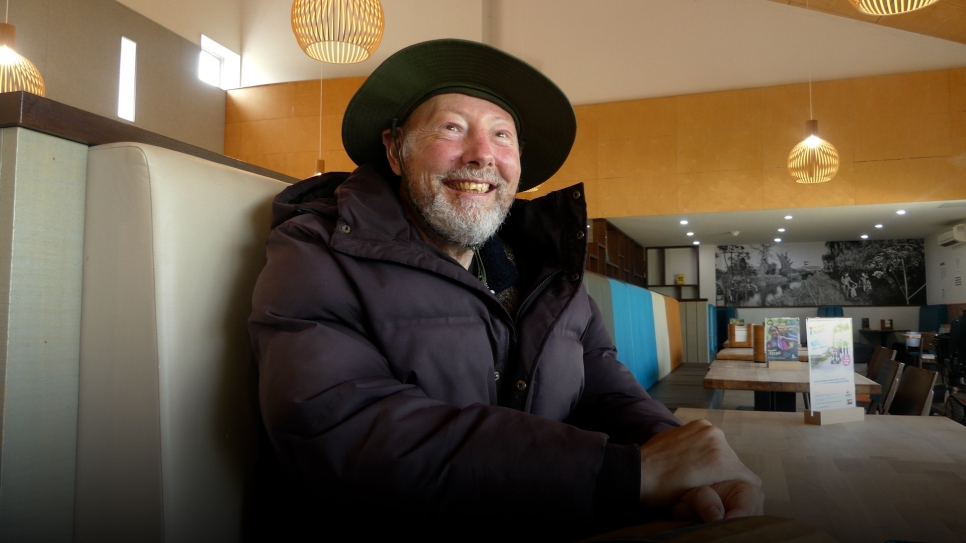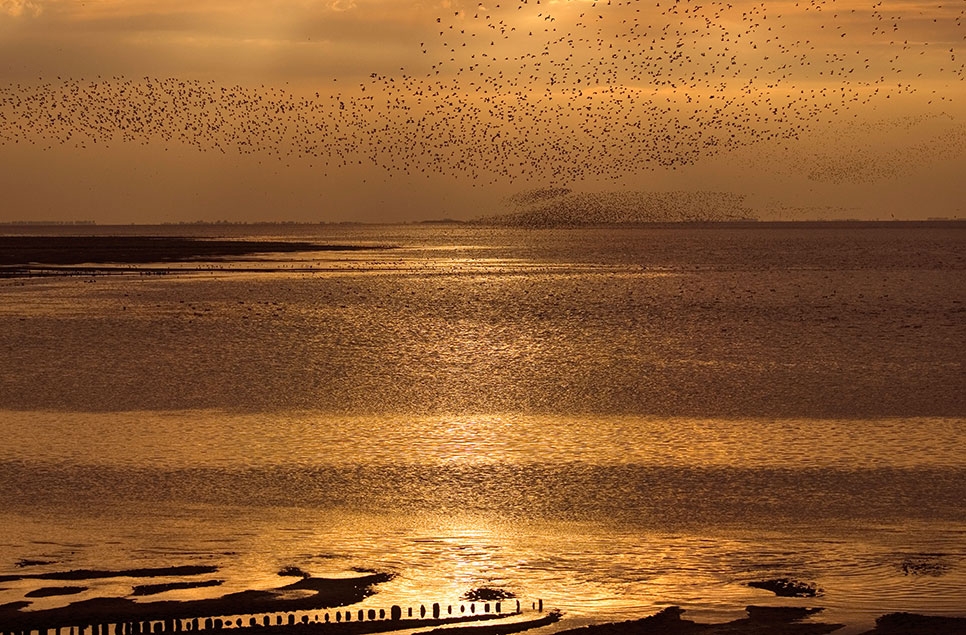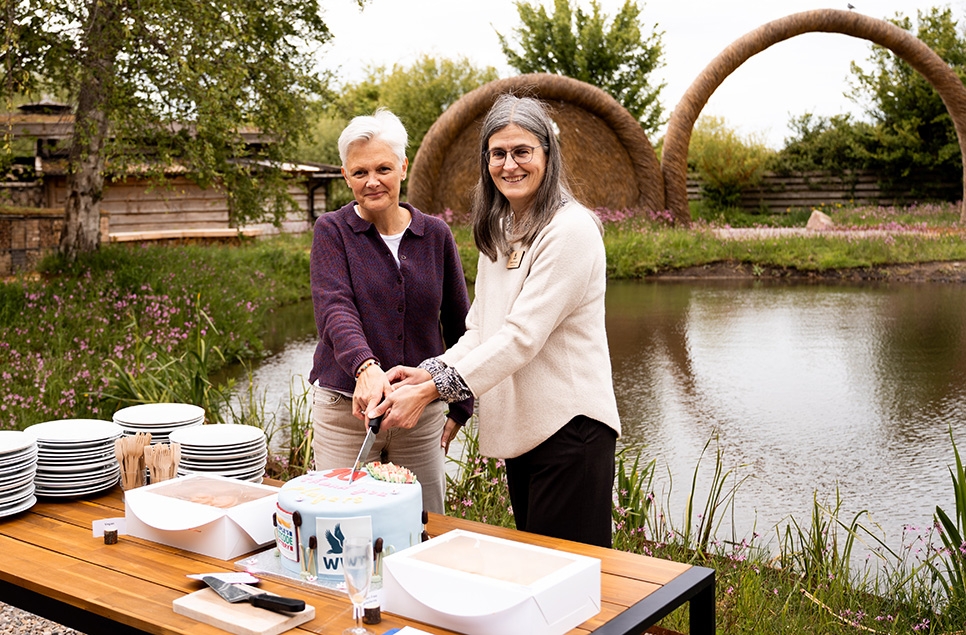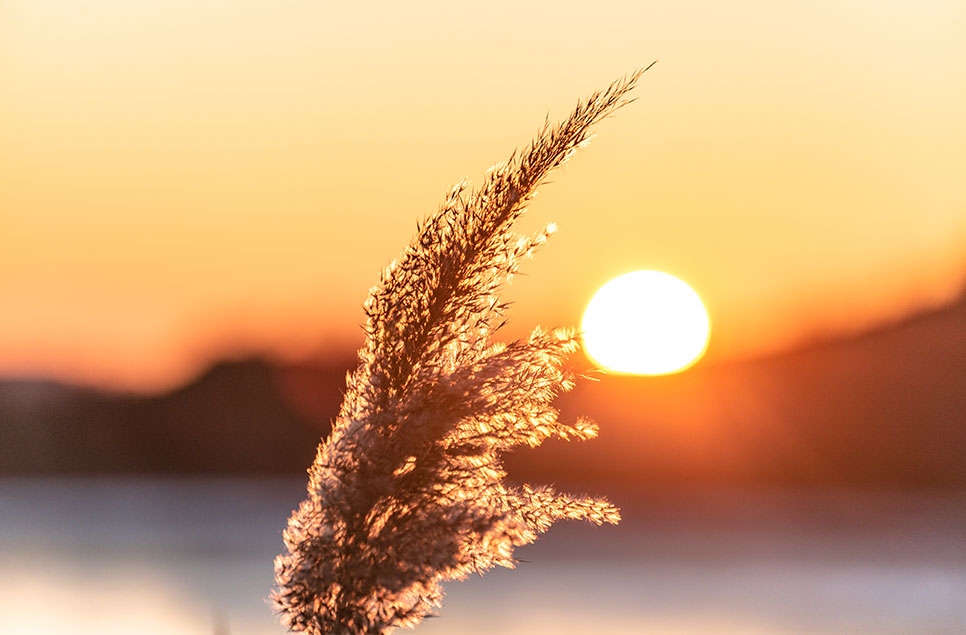WWT Snapshot December 2017

Thank you for your support. Here’s a look at just some of the things WWT has been up to in the last three months to help wetlands, wildlife and people.
At our wetland centres
A survey of 500 visiting schoolchildren showed 9 out of 10 said they learned something new when they visited a WWT wetland centre with their school, which they still generally remembered a year later. Notably children from urban areas were more likely to talk about exotic or endangered species than their less urban counterparts.
New learning resources are being trialed to help schools get the most out of self-guided parts of their visits to WWT wetland centres. These will help develop pupils’ spotting skills and knowledge and interest in wetlands.
At Arundel, a new species to the site – Arrowhead (sagittaria sagittifolia) – has established itself in one of the new ponds we created as part of a flood resilience project.
At Llanelli:
- We hosted a delegation of Welsh Government vets to discuss dealing with avian influenza. We advised them on the well-established measures we have in place to handle the issue and how they could be used elsewhere.
- Work is underway on a wildlife pond next to the entrance, to be rain-fed via pipes from the roof of the centre.
At Martin Mere, five pink footed geese were caught and fitted with satellite tags as part of a project to assess the cumulative effects of wind farms on migrating geese.
At Slimbridge:
- The Heritage Lottery Fund confirmed £4.1m funding towards renovating Sir Peter Scott’s house and opening it to the public, alongside a range of developments at Slimbridge including a new walk-through wetland aviary.
 WWT and University of Exeter ran a workshop on how people can interact with nature using different senses. This is especially important for people with varying abilities or use of senses.
WWT and University of Exeter ran a workshop on how people can interact with nature using different senses. This is especially important for people with varying abilities or use of senses.- A small-scale trial is underway with captive birds, to test a leg-loop harness design that could potentially be used for monitoring black-tailed godwits in the field.
At Washington, staff illuminated the iconic Penshaw Monument in pink as part of their successful bid to attract funding for solar powered heating to provide perfect breeding conditions for their flock of Chilean flamingos, classified as Near Threatened in the wild.
Around the UK
In Somerset, we are talking to the Environment Agency and others about using natural features to manage flood risk in the Williton. The impermeable landscape near the confluence of two rivers puts around 80 properties at flood risk.
In the Lower Severn Vale, we are working with the Farming & Wildlife Advisory Group (FWAG) to look at how wetlands can help deal with run-off from farming as well as create great habitat for wildlife including eels, cranes and curlews.
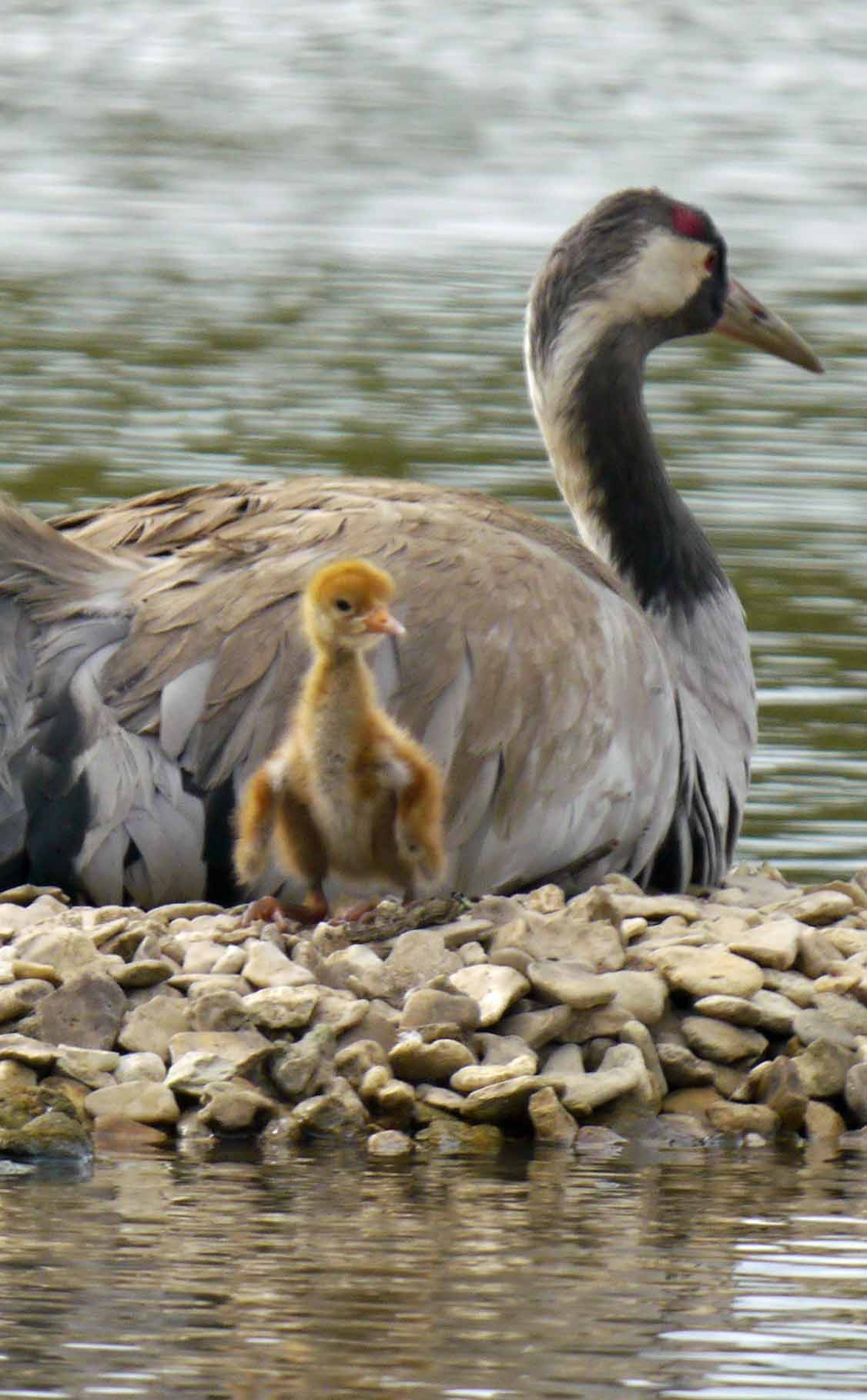 In Inverness we met with Scottish National Heritage, RSPB and others to review current research and monitoring of Britain’s rarest breeding duck, the common scoter. We are looking at how a multi-agency action group might work.
In Inverness we met with Scottish National Heritage, RSPB and others to review current research and monitoring of Britain’s rarest breeding duck, the common scoter. We are looking at how a multi-agency action group might work.
In Somerset, the annual figures are in for how a project to reintroduce Eurasian cranes to the South West of England is faring. There were fewer pairings and breeding attempts in 2017 than the previous year, but a record number of 11 chicks hatched with four going on to successfully fledge. This reflects some of the birds getting more experienced at raising chicks as they get older.
At Westminster:
- WWT is among a small group of NGOs leading on negotiations around the Brexit Bill, including leading on drafting environmental amendments.
- We launched a new policy report – Nature’s Way, The Environment for Success. MPs including Zac Goldsmith (Con), Mary Creagh (Lab), Tom Brake (Lib Dem) and Caroline Lucas (Green) gave it cross-party support. Celebrities including Chris Packham, Steve Backshall and David Lindo also contributed.
- A key recommendation in the report is for an oversight body to be established to look after the interests of the environment post-Brexit. The Environment Secretary subsequently announced a consultation on the idea.
- Alongside the report we ran a campaign to encourage MPs to keep the environment on the current very busy political agenda. Part of the #timetobeheard campaign asked members to write to their MP and 2,500 promptly did – thank you so much for doing your part to help nature.
In Cardiff, we advised the Welsh Government on sustainable drainage in new build developments. This has led to them announcing a formal consultation on implementing a law to encourage more take up.
In Slough, a sustainably drained wildlife garden at St Mary’s School has been completed. Nearby at the Salt Hill Stream, volunteers have helped to develop wildlife habitat by clearing scrub, planting wildflower seeds and realigning fences.
In Enfield, the main construction of a new wetland at the Prince of Wales Community open space is complete. This includes four wetland areas, two wet grassland areas and river restoration work. Local community groups have helped to shape the new wetland and 200 schoolchildren went on organized site visits during construction. Local residents and volunteers have helped to clear invasive plants from the area.
In York, WWT Consulting are surveying how rainwater moves through a proposed housing development site. Their work will help developers to draw up proposals that could manage water sustainably for people and wildlife.
In London Docklands, we presented findings at Flood Expo of our work with Business In The Community to retrofit sustainable wildlife-friendly drainage to existing buildings.
In Edinburgh, at a Valuing Nature Conference, we presented initial findings from our research study on how wetlands affect our brainwaves. The research is ongoing.
On the island of Islay, we caught and tagged 25 Greenland white fronted geese so they could be spotted in future and their movements tracked. Five were fitted with mini satellite tags. We are looking for reasons why the number of Greenland white fronted geese has declined so markedly. We also published research based on previous counts which might fill in part of the jigsaw – it suggests declines are happening due to fewer young being raised.
In London, WWT conservationist Sacha Dench was named one of the UK’s Women of the Year for her paramotor expedition to follow Bewick’s swans migrating from Russia to the UK and tackle the threats they face.
Around the world:
In Madagascar:
- HRH Princess Anne and the President of Madagascar opened the new WWT/Durrell Pochard Interpretation Centre. This is where we are breeding Madagascar pochard in captivity in order to then release them into the wild where only around 25 wild individuals remain. A few pochard will be on view to tourists, with proceeds going towards local communities.
- We’re building an office to house staff and volunteers doing preparatory work at the release site. Aquatic habitat restoration work is already underway as well as some pilot reforestation work.
- We published research on the value of protected areas. This shows they are helping to support the globally Endangered Madagascar teal and more protected areas may be needed to do the same for the equally threatened Meller’s duck.
In Cambodia, interviews have been held with village chiefs to map land-use at a local scale in the Lower Mekong wetlands. Awareness campaigns have been used to promote legal fishing and put pressure on illegal fishing operations threatening local habitat and communities.
In China, a further spoon-billed sandpiper was fitted with a tiny satellite tag in Jiangsu. Several have now been tagged in order to find out more about their migration routes. This latest bird headed to Vietnam – followed by colleagues from BirdLife who will try to re-sight the bird in situ.
In the Philippines, the UN’s Convention on Migratory Species formally adopted a Single Species Action Plan drawn up by WWT to help save the Baer’s pochard from slipping towards extinction. The threat level to this formerly widespread species in Asia was upgraded to Critically Endangered in 2012.
In Japan, the Asian region of WWT’s international association for wetland centres - Wetland Link International - held a Symposium in Saga. The region is progressing well under the leadership of the Ramsar Regional Centre East Asia with support from WLI global.
In Germany, we formally responded to the proposed routing of an autobahn in Schleswig-Holstein. It passes through internationally important sites for the declining North West European Bewick’s swan.
In Brussels, we met with senior EU Commission staff to discuss issues raised by our Flight of the Swans paramotor expedition in 2016, including illegal shooting and poisoning of birds through ingesting spent lead-based ammunition.
In Guyana, WWT Consulting is researching how the Rupununi River shares a watershed during the rainy season with the neighbouring Amazon. It’s becoming increasingly important to understand how and where the waters mix because increased conversion of wetland to rice production is planned.
